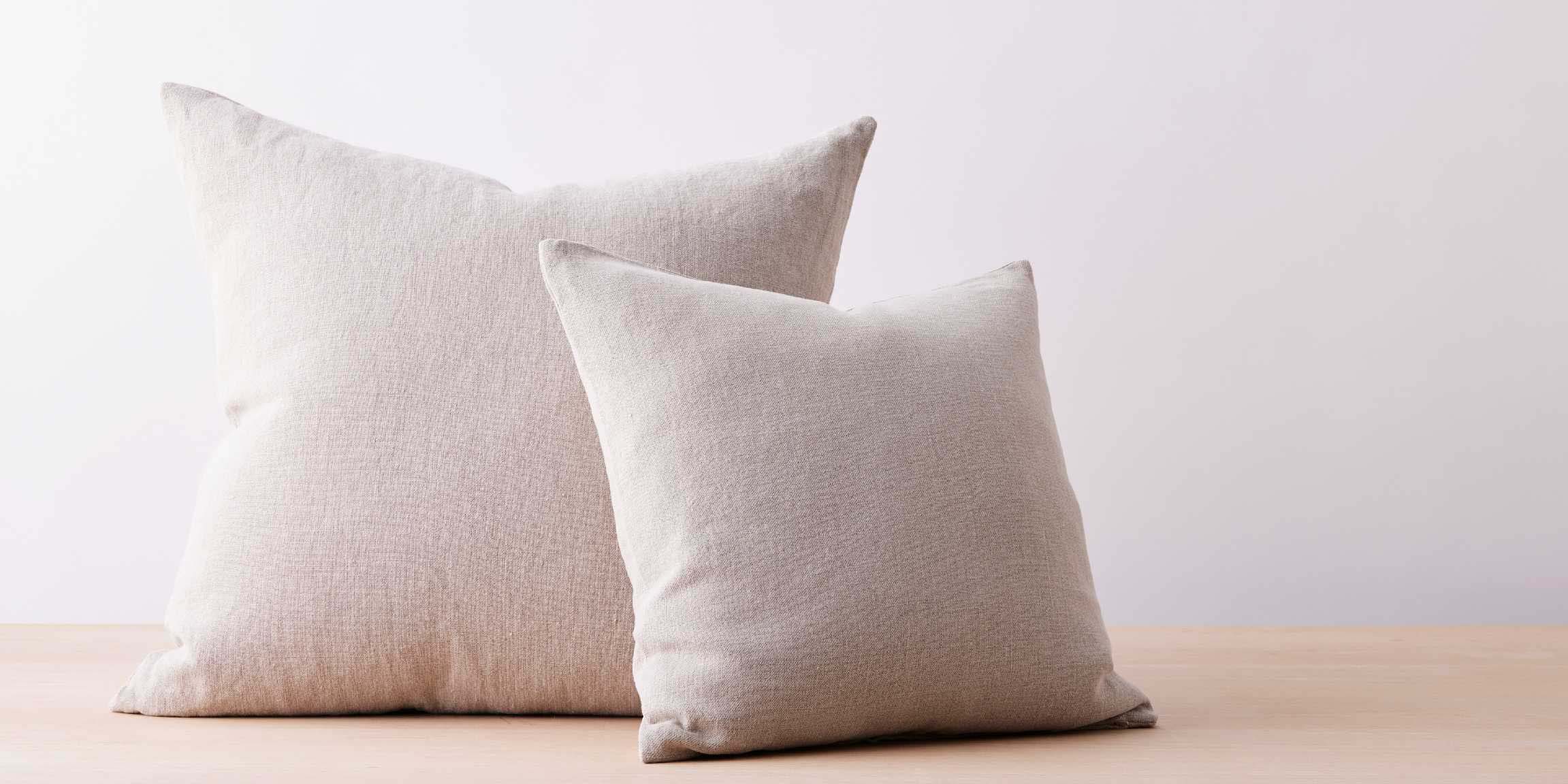

Articles
What Are Pillows Made Of
Modified: January 18, 2024
Discover the various materials used to make pillows in this informative articles. From feathers to memory foam, explore the options for your perfect pillow.
(Many of the links in this article redirect to a specific reviewed product. Your purchase of these products through affiliate links helps to generate commission for Storables.com, at no extra cost. Learn more)
Introduction
When it comes to a good night’s sleep, the role of pillows cannot be underestimated. Pillows provide support and comfort, helping us to relax and wake up refreshed. But have you ever wondered what pillows are made of? The materials used in pillow manufacturing play a crucial role in determining its quality and functionality.
In this article, we will explore the different materials used in the construction of pillows. From natural to synthetic, and even a combination of both, there are various options to choose from. By understanding the characteristics of these materials, you can make an informed decision when selecting a pillow that suits your preferences and needs.
Key Takeaways:
- Natural and synthetic materials like cotton, down, memory foam, and polyester offer diverse options for comfort and support in pillows. Consider your sleeping position, allergies, and personal preferences to find the perfect fit for a restful night’s sleep.
- The right pillow materials, whether natural, synthetic, or a combination, can significantly impact your sleep quality. Prioritize comfort, support, and durability to enhance your sleep experience and wake up feeling refreshed and rejuvenated.
Read more: Where Are Pillows Made
Natural Materials Used in Pillows
When it comes to natural materials used in pillows, there are several options that provide comfort and sustainability. These materials are often chosen for their breathability, softness, and hypoallergenic properties.
One popular natural material used in pillows is cotton. Known for its softness and breathability, cotton pillows offer a cool and comfortable sleep experience. Cotton is also hypoallergenic, making it a great option for those with allergies or sensitivities.
Another natural material commonly used in pillows is down. Down is the soft and fluffy layer found beneath the feathers of geese and ducks. It provides exceptional insulation and breathability, keeping you warm in the winter and cool in the summer. Down pillows are renowned for their luxurious feel but may not be suitable for individuals with allergies, as they can attract dust mites.
Bamboo-derived materials are also gaining popularity in the pillow industry. Bamboo pillows are made from the fibers of the bamboo plant, which are processed to create a soft and silky material. Bamboo pillows offer excellent temperature regulation, moisture-wicking properties, and are naturally antimicrobial. Additionally, bamboo is a highly sustainable material, making it an eco-friendly choice.
Lastly, natural latex is another material used in pillows. Latex is derived from rubber tree sap and provides a supportive and resilient pillow filling. Natural latex pillows are known for their durability, hypoallergenic properties, and resistance to dust mites. They offer contouring support for the head and neck, ensuring proper alignment during sleep.
Overall, natural materials used in pillows provide a comfortable and eco-friendly sleep experience. They are ideal for those seeking a more sustainable and hypoallergenic option. However, it’s necessary to consider individual preferences, as some natural materials may not be suitable for those with specific allergies or sensitivities.
Synthetic Materials Used in Pillows
In addition to natural materials, synthetic materials are commonly used in pillows to offer different levels of support, affordability, and durability. These materials are often chosen for their hypoallergenic properties and ease of maintenance.
Polyester is one of the most commonly used synthetic materials in pillow manufacturing. It is a synthetic fiber that is lightweight, affordable, and easy to care for. Polyester pillows provide a good balance of support and softness, making them suitable for various sleep positions. They are also hypoallergenic, resistant to mold and mildew, and can be machine washed and dried.
Memory foam is another popular synthetic material used in pillows. It is made from polyurethane and is known for its ability to contour to the shape of the head and neck. Memory foam pillows offer excellent support, pressure relief, and alignment, making them ideal for individuals with neck and back pain. They are also hypoallergenic and resistant to dust mites.
Microfiber is a synthetic material that is often used as a pillow filling. It is made of fine synthetic fibers that mimic the softness and lightweight feel of natural down. Microfiber pillows are hypoallergenic, breathable, and provide a plush and comfortable sleep surface. They are also easy to maintain and can be machine washed and dried.
Another synthetic material used in pillows is rayon. Rayon is a semi-synthetic material derived from natural sources such as bamboo or wood pulp. It offers softness, breathability, and moisture-wicking properties. Rayon pillows are often blended with other materials to enhance their performance and durability.
Synthetic materials used in pillows provide a more affordable and practical option for those seeking comfort and support. They are generally hypoallergenic and easy to care for, making them suitable for individuals with specific sensitivities or preferences. However, it’s important to note that some synthetic materials may not offer the same breathability or sustainability as natural options.
Combination Materials Used in Pillows
Innovative pillow designs often make use of a combination of materials to achieve the best of both worlds in terms of comfort and support. By combining different materials, manufacturers can create pillows that cater to a wide range of preferences and sleeping styles.
One common combination is a blend of natural and synthetic materials. For example, a pillow may have a cotton cover with a memory foam or polyester filling. This combination provides the softness and breathability of cotton while also offering the support and contouring properties of memory foam or polyester.
Another combination is memory foam infused with gel particles. Gel-infused memory foam pillows combine the pressure-relieving benefits of memory foam with the cooling properties of gel. The gel particles help to dissipate heat, keeping the pillow cool and preventing discomfort from excessive heat buildup.
Some pillows also utilize a combination of down and feathers. This blend combines the luxurious feel of down with the added support and resilience of feathers. The inclusion of feathers helps to give the pillow more structure and keeps it fluffy for a longer period of time.
Combination pillows may also incorporate different types of foam. For instance, a pillow might have a base of high-density foam for support, topped with a layer of memory foam for contouring. This combination offers the benefits of both foam types, providing adequate support and pressure relief.
By using a combination of materials, pillow manufacturers can create products that cater to different sleep preferences and needs. These pillows can provide a balance between comfort, support, and durability. However, it’s important to carefully consider the specific materials used in the combination to ensure they meet your individual requirements.
When looking for a pillow, consider the filling material. Memory foam provides support, while down and feather pillows offer a softer feel. Polyester and latex pillows are also available for different preferences.
Common Pillow Fillings
The filling used in pillows plays a crucial role in determining their comfort, support, and overall feel. Different types of fillings offer varying levels of loft, resilience, and breathability. Let’s take a look at some of the most common pillow fillings available in the market today.
Feather pillows are a classic choice and are made from the plumage of ducks or geese. They provide a soft and luxurious feel while offering good support. Feather pillows can be fluffed up or flattened to suit individual preferences. However, they may not be suitable for individuals with allergies or sensitivities as feathers can attract dust mites.
Down pillows are similar to feather pillows but are made from the softer plumage found beneath the feathers. This makes them even fluffier and more comfortable. Down pillows are known for their exceptional breathability and insulation properties. However, like feather pillows, they may not be suitable for those with allergies.
Polyester pillows are filled with synthetic fibers that mimic the loft of down. They offer a more affordable option while providing adequate support and comfort. Polyester pillows are hypoallergenic, resistant to mold and mildew, and can be easily washed and dried.
Memory foam pillows are made from a dense and viscoelastic foam material that conforms to the shape of the head and neck. They offer excellent support, pressure relief, and alignment. Memory foam pillows are especially beneficial for individuals with neck and back pain. However, some people may find them to be too firm or retain heat.
Microfiber pillows are filled with fine synthetic fibers that mimic the softness and lightness of down. They provide a plush and comfortable feel while offering hypoallergenic properties. Microfiber pillows are also easy to clean and maintain.
Latex pillows are filled with natural latex derived from rubber tree sap. They offer a supportive and resilient feel, conforming to the shape of the head and neck. Latex pillows are hypoallergenic, resistant to dust mites, and durable. They provide excellent airflow and temperature regulation.
Combination pillows may feature a blend of different fillings to offer a balance of comfort and support. These pillows often combine the benefits of natural and synthetic materials to cater to individual preferences.
When selecting a pillow, it’s important to consider your sleeping position, any allergies or sensitivities you may have, and your personal preferences for loft and firmness. By choosing the right filling, you can ensure a restful and comfortable night’s sleep.
Read more: Where Are Casper Pillows Made
Factors to Consider When Choosing Pillow Materials
Choosing the right pillow materials is essential for a comfortable and restful night’s sleep. With numerous options available, it’s important to consider several factors to ensure you select the pillow materials that suit your needs and preferences. Here are some key factors to consider:
Sleeping Position: Your preferred sleeping position can influence the type of pillow materials you should choose. For example, if you sleep on your back, you might prefer a pillow with medium support and loft to maintain proper alignment. Side sleepers may benefit from a pillow with higher loft and firmer support to fill the gap between the head and shoulder. Stomach sleepers often prefer a softer and flatter pillow to avoid straining the neck.
Allergies and Sensitivities: If you have allergies or sensitivities, you’ll want to choose pillow materials that are hypoallergenic and resistant to dust mites. Natural materials like down and feathers may not be suitable, as they can attract allergens. Synthetic fillings like polyester or memory foam, as well as materials like cotton or bamboo, are often hypoallergenic and are better options for those with allergies or sensitivities.
Support and Comfort: The level of support and comfort provided by the pillow materials is important for a good night’s sleep. Some materials, like memory foam or latex, offer excellent support by conforming to the shape of your head and neck. Other materials, like down or microfiber, provide a plush and soft feel. Consider your personal preferences for firmness and cushioning when choosing pillow materials.
Breathability and Temperature Regulation: If you tend to sleep hot or live in a warmer climate, you’ll want to choose pillow materials that offer good breathability and temperature regulation. Natural materials like cotton or bamboo are known for their breathability and moisture-wicking properties, keeping you cool and comfortable throughout the night. Some synthetic materials, like gel-infused memory foam, also offer enhanced cooling properties.
Durability and Maintenance: Consider the durability and maintenance requirements of the pillow materials. Some materials, like memory foam or latex, are known for their long-lasting performance and resilience. Synthetic materials, such as polyester or microfiber, are often more durable and easier to clean compared to natural materials like down or feathers. Pay attention to the care instructions provided by the manufacturer to ensure the longevity of your pillow.
Personal Preferences: Ultimately, your personal preferences should guide your choice of pillow materials. Consider factors such as loft, softness, contouring ability, and overall feel. Take the time to test out different pillow materials to determine which one provides the most comfortable and supportive sleep experience for you.
By considering these factors when choosing pillow materials, you can select the right combination of comfort, support, and durability for a truly restorative night’s sleep.
Conclusion
Choosing the right materials for your pillows is crucial for achieving a comfortable and restful night’s sleep. Whether you opt for natural materials like cotton, down, bamboo, or latex, or prefer synthetic materials like polyester, memory foam, microfiber, or rayon, there are plenty of options available to suit your preferences and needs.
Natural materials offer breathability, softness, and hypoallergenic properties, making them ideal for those seeking a more sustainable and eco-friendly option. Synthetic materials, on the other hand, provide affordability, hypoallergenic properties, and ease of maintenance. Combination materials combine the best of both worlds, offering a balance of comfort and support for a more personalized sleep experience.
When choosing pillow materials, it’s important to consider factors such as your sleeping position, any allergies or sensitivities, desired support and comfort levels, breathability and temperature regulation, as well as durability and maintenance requirements. Additionally, don’t forget to consider your personal preferences for loft, softness, and overall feel.
By selecting the right pillow materials for your individual needs, you can enhance your sleep quality and wake up feeling refreshed and rejuvenated. Whether you prefer a soft and fluffy down pillow, a supportive memory foam pillow, or a combination of materials, your choice of pillow materials can make a significant difference in your sleep experience.
Take the time to research and test different pillow options to find the perfect fit for you. Remember, everyone’s preferences and needs are unique, so finding the right pillow materials may require some trial and error. Rest assured, with the wide variety of materials available, you can find a pillow that provides the comfort and support you desire.
Investing in high-quality pillows with the right materials is a worthwhile endeavor. By prioritizing your sleep comfort and selecting the best materials for your pillows, you’ll be well on your way to achieving a night of blissful sleep and waking up ready to take on the day.
Frequently Asked Questions about What Are Pillows Made Of
Was this page helpful?
At Storables.com, we guarantee accurate and reliable information. Our content, validated by Expert Board Contributors, is crafted following stringent Editorial Policies. We're committed to providing you with well-researched, expert-backed insights for all your informational needs.
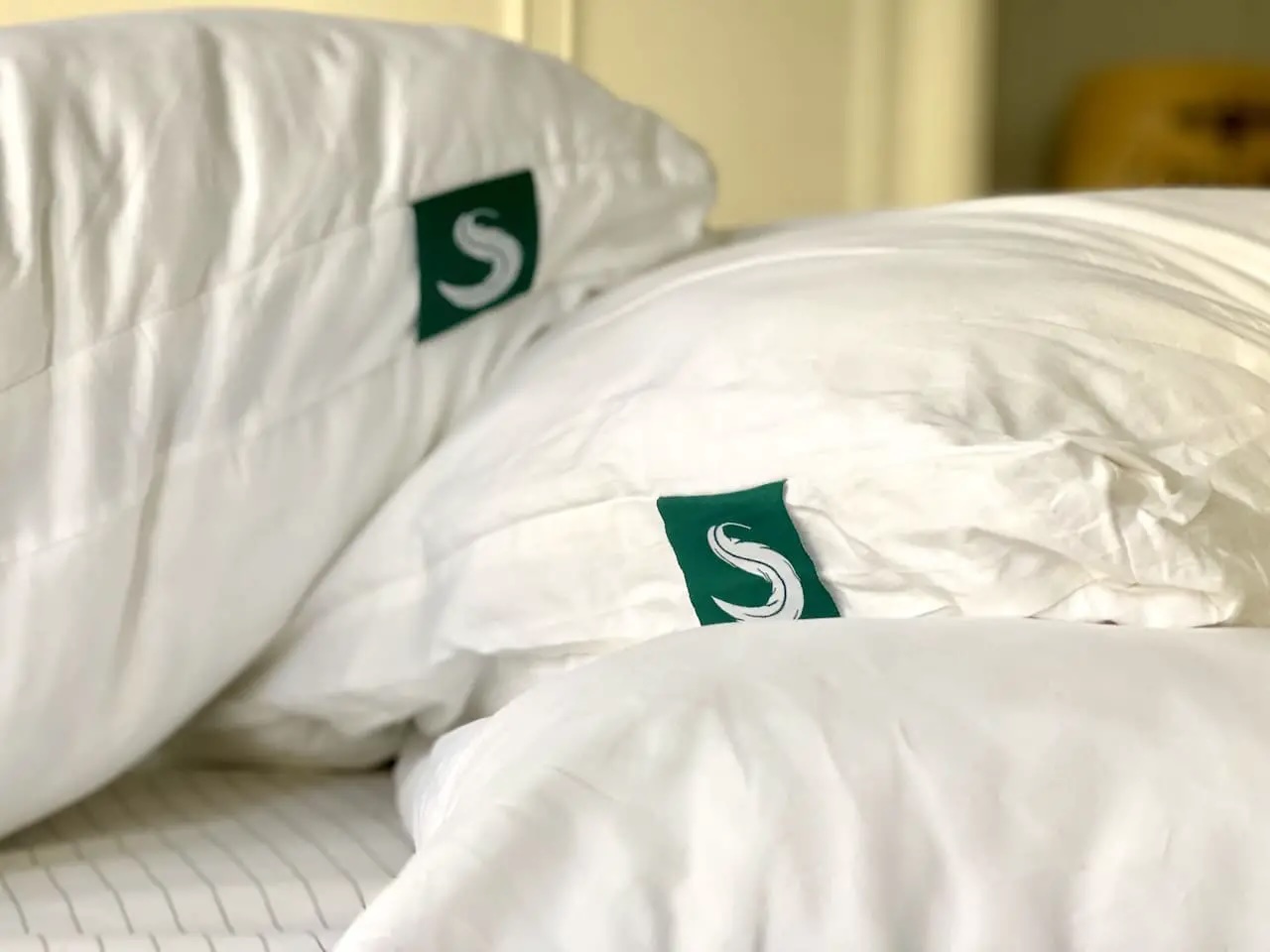
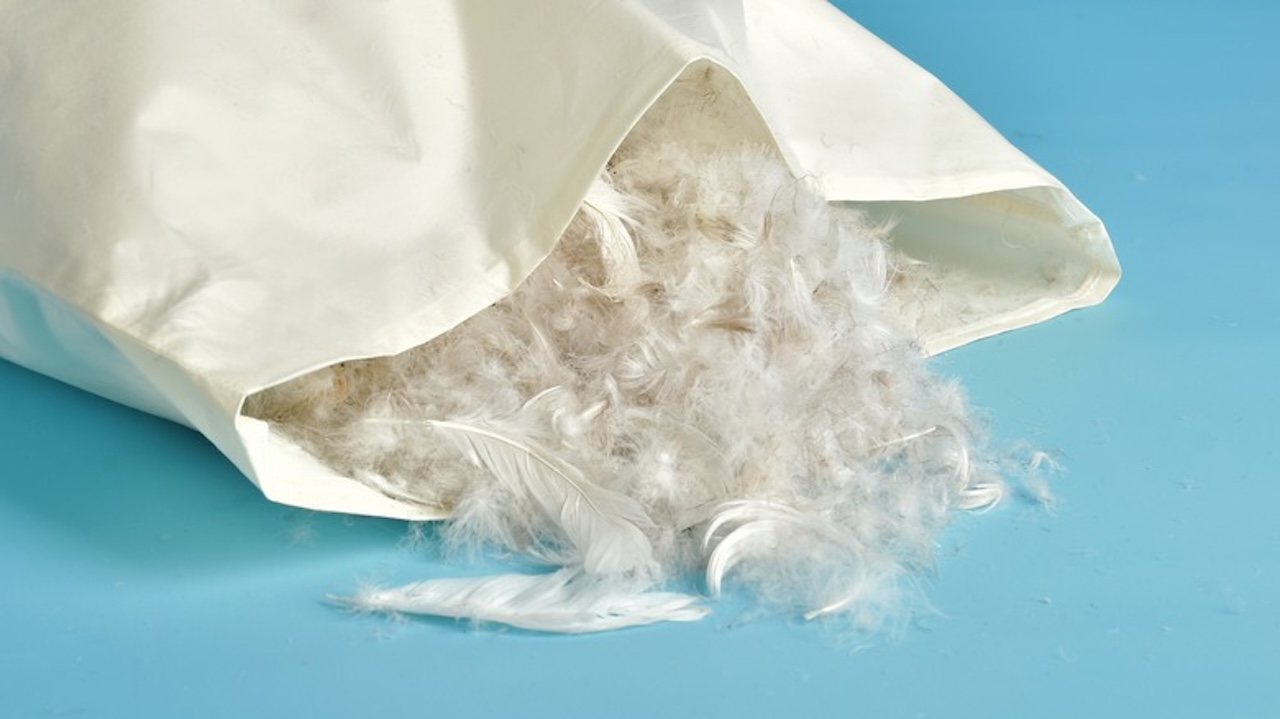
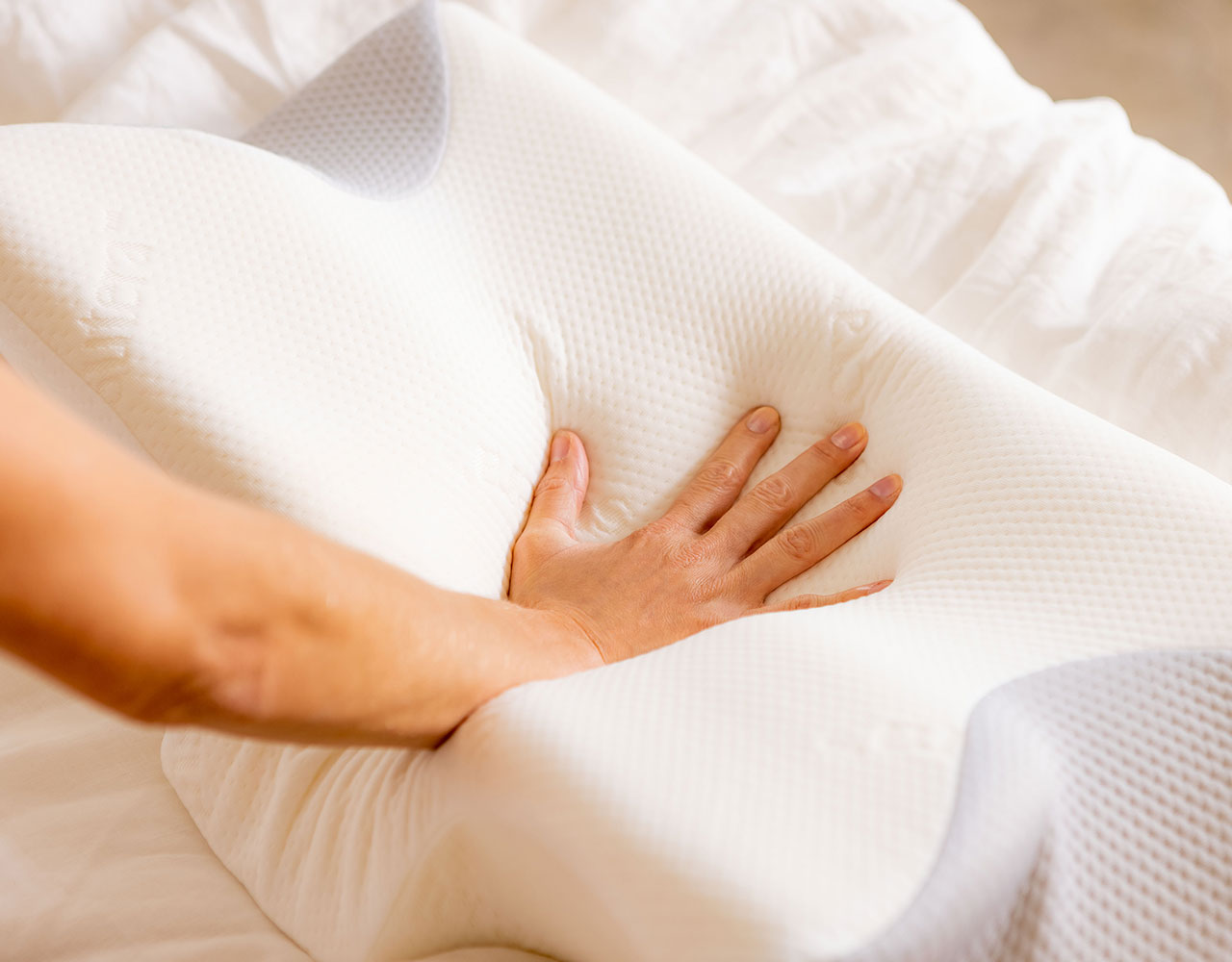








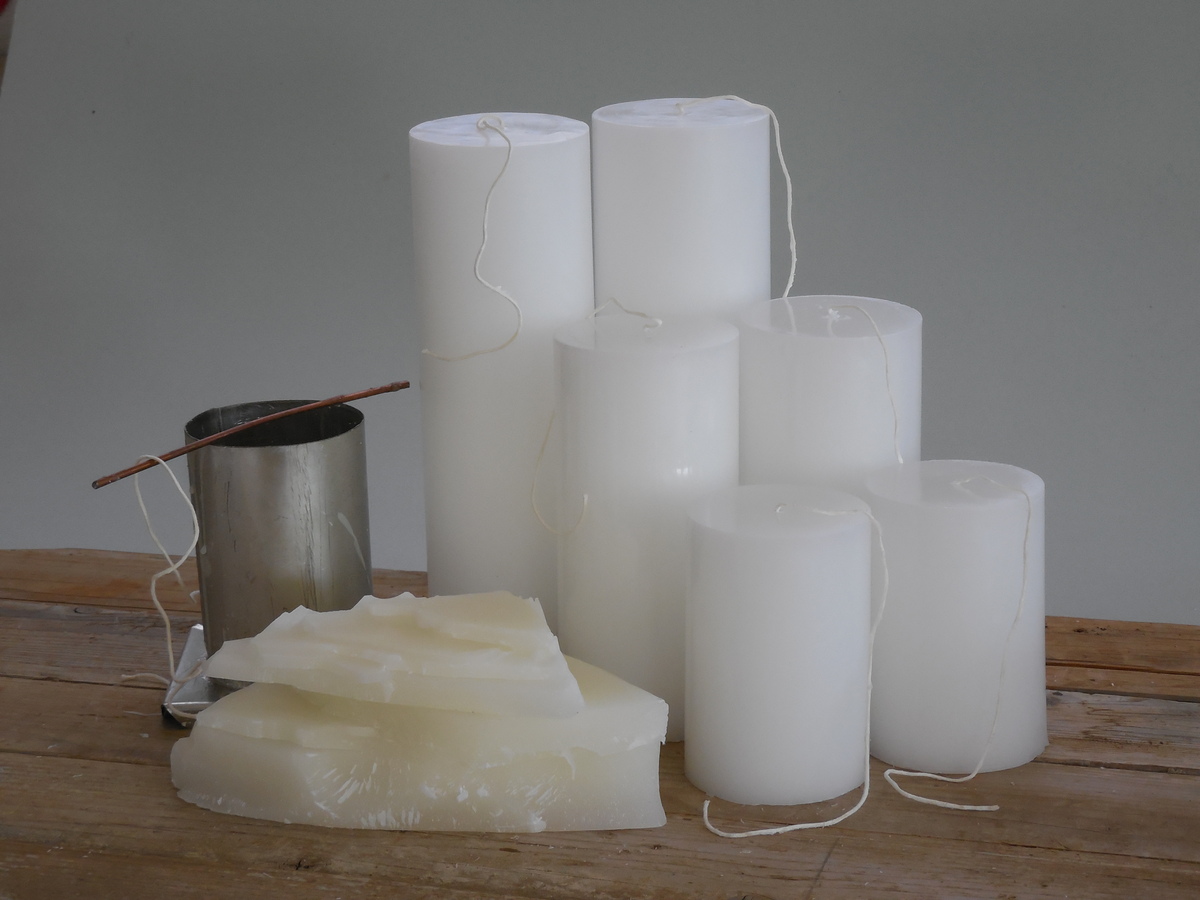



0 thoughts on “What Are Pillows Made Of”